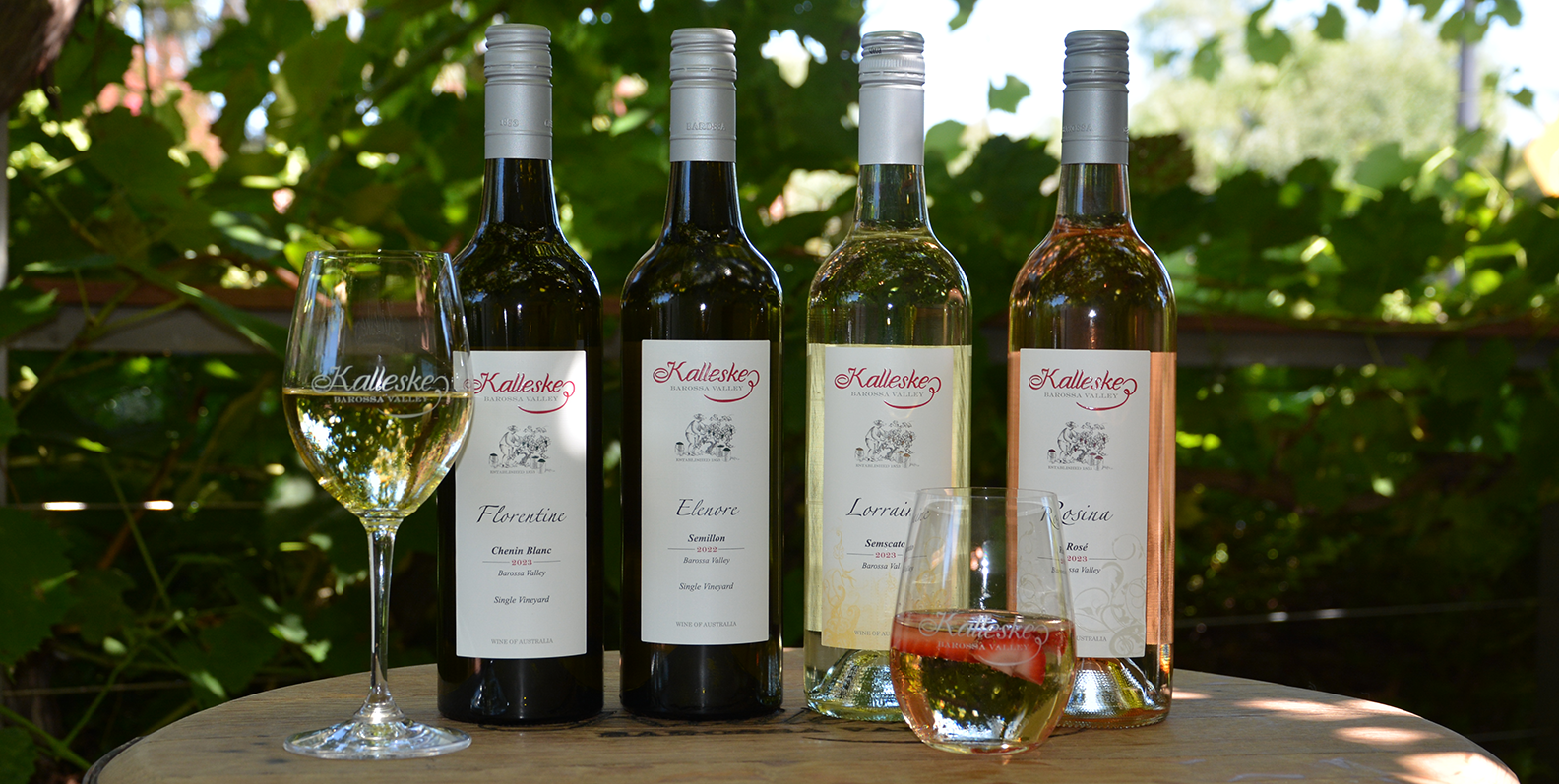
Old vines in Australia date back as far as the 1840s and in the famous Barossa Valley wine region, the Kalleske family has been growing grapes for seven generations. In 1875, they planted a vineyard that’s still thriving today, making it one of the oldest in Australia. Award-winning winemaker Troy Kalleske crafts a dedicated range of wines made with these rare old vines.
So do they make better wines?
“To put it simply, yes they can – but not always,” says Troy. “I think they can make the most interesting wines.”
Like most questions in wine, this one doesn’t have a simple ‘yes’ or ‘no’ answer. But it’s one that can get people pretty passionate. Getting to the heart of it starts with understanding what ‘old vines’ actually are.
What are Old Vines?
Old vines are grapevines that have been growing and producing fruit for at least several decades, and in some cases well over 100 years. These gnarled, thick-trunked vines have deep root systems that can access more nutrients from the soil, and they produce less foliage and smaller yields of grapes.
Old vines: 35 years or older
Survivor vines: 70 years or older
Centenarian vines: 100 years or older
Ancestor vines: 125 years or older. These are believed to be among the oldest-producing vines in the world.
What makes old vines so special?
Old vines don’t automatically produce better wine than young vines. There are many other factors involved, including vine quality, region, climate and winemaking techniques. And younger grapevines – anywhere from a few years old – can make brilliant wines as long as they’re good-quality vines that have been well cared for.
But precious old vines are capable of producing beautifully balanced and delicious wines with a more complex flavour profile – not to mention the fascinating stories and important history attached to them. The well-established roots of old vines can pull nutrients and water from deep below the surface, allowing them to produce more consistent fruit each year, regardless of weather conditions. And some people believe that because they produce less fruit, their grapes have more concentrated flavours.
“You can get amazing wine from five- and 10-year-old vines, but looking at 50 or 100+ year-old vines, they’re unique and can make a different sort of wine,” says Troy.
“The wines have that extra ‘wow’ factor, an extra dimension. They’re not necessarily bigger or richer or more full bodied, but they’ve got a nuance to them.”
The bottom line:
If a bottle of wine says it’s been made from old vines, that can mean it’s a high-quality wine, but it’s not a guarantee. Age alone won’t turn a poor-quality vine into a great one. Old vines are allowed to grow old because they produce great fruit. They’ve been producing delicious, consistent grapes for years, and so they live on
Find out more about our the wines produced from the key old vine vineyards:
